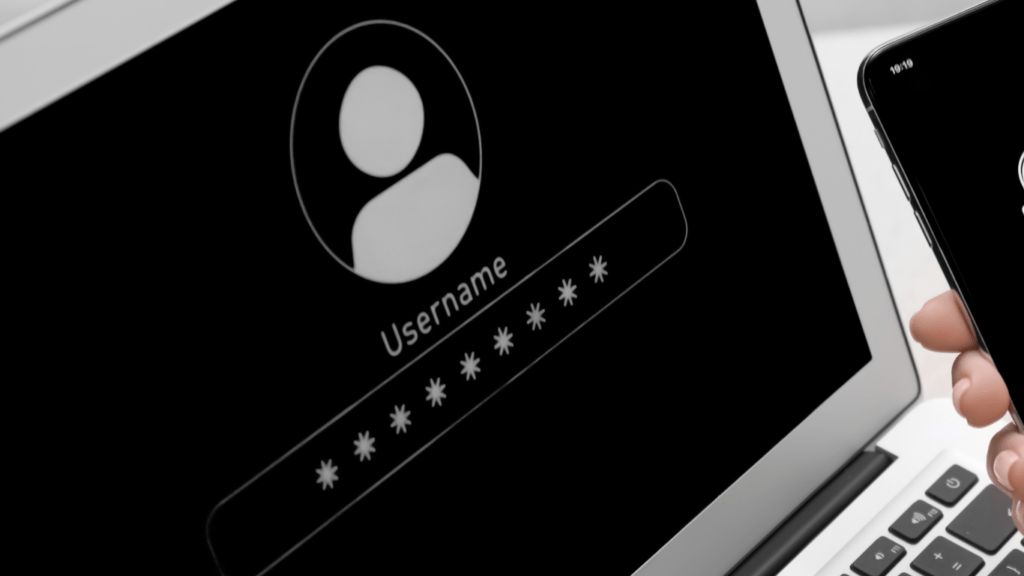6827859558 in RealWorld Systems
Let’s say you’re tracking user IDs in a CRM. You’d want a unique, numericonly sequence like 6827859558 for quick lookups. It’s easier to query these numbers in SQL, they’re less errorprone to enter manually, and they’re APIfriendly.
Or maybe you’re working on a logistics app. Each delivery package gets a tracking code—serverreadable, mobilefriendly, zero ambiguity. Again, a neutral number like ours gets bonus points. No letters to confuse. No special characters to fail systems. It just works.
6827859558 as a Placeholder or Seed Value
Finally, say you’re writing tests or mocking up design interfaces. You need a number to plug in, and it must be functional, but meaningless. You’re not risking PII or real client data. Enter 6827859558—a perfectly useful dummy value. Unique enough to not mistake for a default, neutral enough to not confuse with live data.
For seeding algorithms—like random shuffles, procedural generations, and cryptographic cycles—numbers like this help maintain consistent outputs. Use it once, reuse it safely, and replicate your tests.
Understanding the Structure of 6827859558
Numbers of this length—ten digits—can fall into several categories: phone numbers, tracking IDs, hashed codes, or even randomly generated tokens. What matters is recognizing the context in which 6827859558 appears.
So, what can we infer? First, it reads smoothly without separators. That tells us it’s meant for backend systems or fast recall. Not every tendigit number follows a pattern, but trained eyes can spot repetition (nope, not much here) or structure (again, plain and simple). It’s neutral, which is actually valuable—it means it’s unlikely to be flagged or filtered.
Why TenDigit Numbers Matter
In database terms, consistency is currency. A fixedlength number like 6827859558 fits easily into fields and tables. It’s clean. Whether you’re designing inventory systems, automating bulk SMS campaigns, or authenticating users, having identifiers of equal length simplifies validation and logic.
Also, in cybersecurity, randomly assigned 10digit codes serve as keys, references, and tokens. Shorter sequences? Prone to collisions. Longer chains? Too complex for everyday use. That tendigit sweet spot strikes a balance between security and usability.
Generating and Validating Numbers Like These
If you’ve ever used a random number generator with constraints—say, needing ten digits with no repeating pattern—then you know the challenge is getting “random, but usable.” You don’t want 1111111111. You might not want prime numbers or Fibonacci sequences either. Something like 6827859558 hits the usability mark.
You could create a new one by seeding a generator with timebased entropy or user input hashes. But the trick’s not just generating. It’s validating. Setting up rules (no repeated sequences, avoid profanity when decoded alphanumerically, etc.) prevents costly bugs later.
Security Considerations
Can numbers like 6827859558 play a role in security? Definitely. While they may not be passwords, they’re often session tokens, device IDs, or transaction references. You don’t want them guessable. You do want them auditable.
Consider this: if a malicious actor can predict ID numbers, they can scrape or tamper with data. Randomized tendigit numbers reduce that risk—especially when paired with proper encryption and rate limiting. Think of them as discreet tags. Low profile, high control.
Data Compression and Storage Efficiency
The more data your system processes, the more compression matters. In terms of storage, tendigit numbers like 6827859558 are compact and efficient—especially compared to UUIDs or alphanumeric identifiers. Less data transferred means faster load times and snappier apps.
Add to that, they’re easy for human operators to read back over the phone or input when needed. It’s the small things.
Conclusion
Whether as a standin for data, a building block in a database, or a resilient identifier in a secure system, 6827859558 is more than just digits—it’s a tool. The kind of element that makes systems leaner, processes cleaner, and daily work smoother.
When you come across a number like 6827859558, don’t dismiss it. It’s not just filler or noise. It’s part of the infrastructure, the unseen scaffolding holding data systems together. And that makes it worth your attention.


